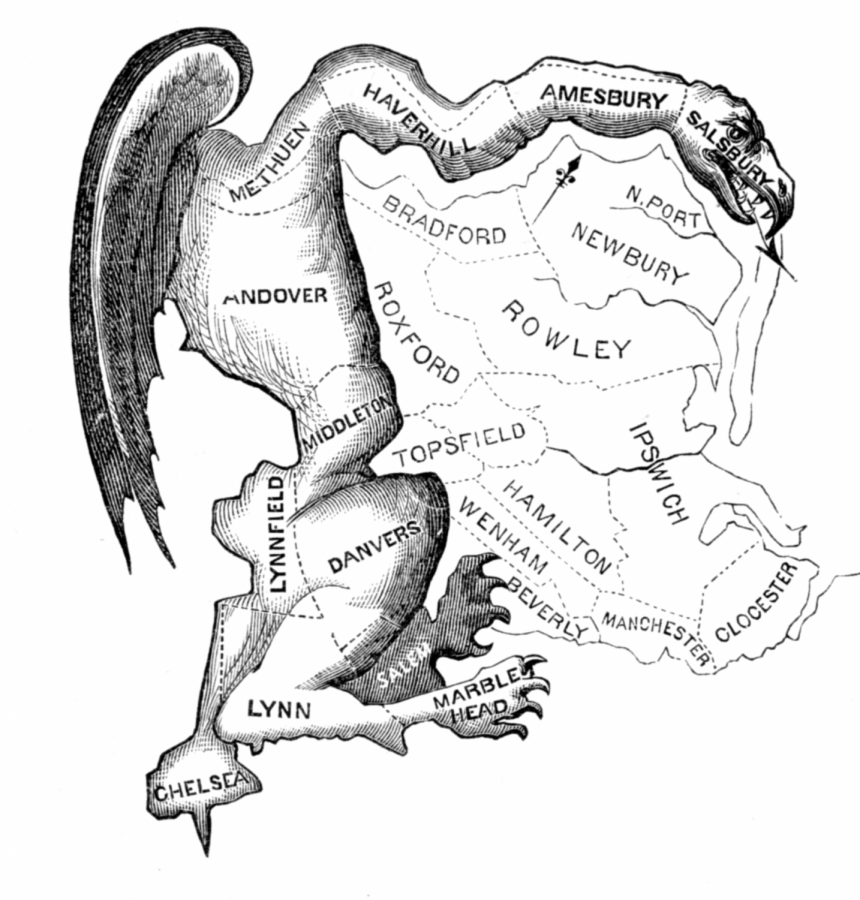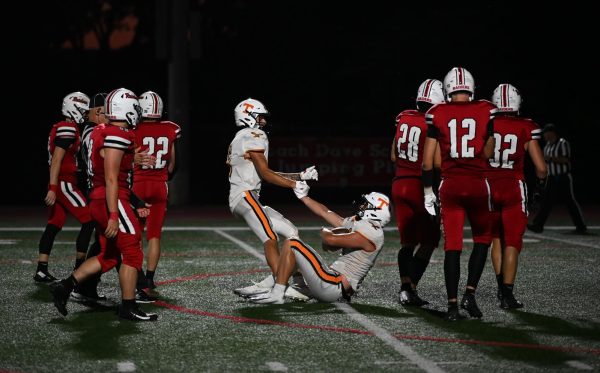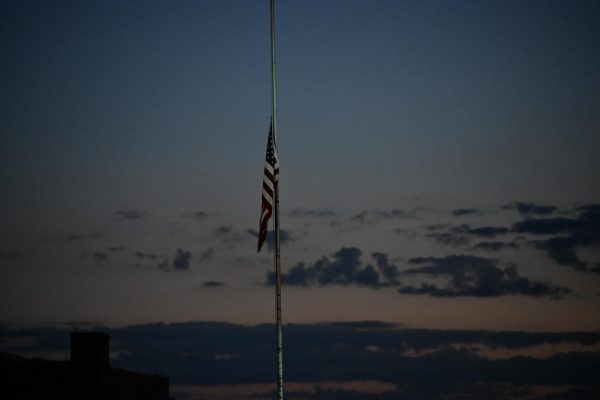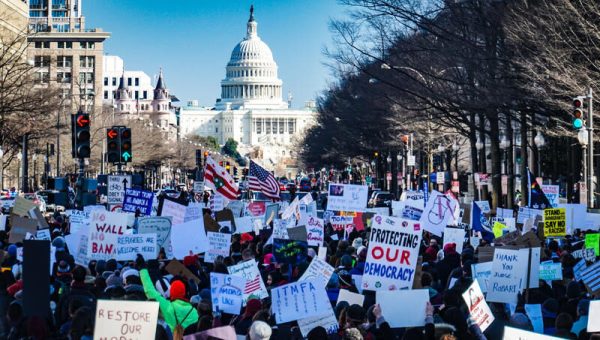Gerrymandering: A Threat to Our Democracy
Printed in March 1812, this political cartoon inspired the name Gerrymandering, which refers to any partisan drawing of political boundries
Many students in the senior class are anxious to exercise their right to vote in the upcoming 2020 elections. However, this right is under siege by a little understood but very influential practice.
Gerrymandering, the redrawing of voting districts with partisan intentions, is an existential threat to our democracy.
The first instance of gerrymandering was in the early 19th century, when Massachusetts Governor Elbridge Gerry, who had the power to redraw district lines, drew districts to benefit his party and allowed him to stay in office. Newspapers at the time coined one district, which they claim was shaped like a salamander, a “Gerrymander.”
Gerrymandering consists of two primary practices: “cracking,” and “packing.”
“Cracking” is when districts are drawn so a large concentration of a certain party’s voters are divided into as many districts as possible, diluting their influence to an extent that prevents them from winning seats in those districts. “Packing” is when a large group of voters in a certain party are all drawn into as few districts as possible, which makes them essentially guaranteed to win those seats for their party, at the cost of losing surrounding districts due to lack of representation.
Political parties today use both these practices to gain as much power as possible for their respective parties.
Pennsylvania has a history of being one of the most gerrymandered states in America.
Republicans redrew the districts to give them a significant edge over the Democrats in both 2000 and 2010.
In the 2012 Pennsylvania state elections, Democrats won 51 percent of the popular vote, but the only earned 5 out of 18 House seats — fewer than one third.
This was because when Pennsylvania Republicans redrew the state’s Congressional districts, they created many highly irregular districts.
Republicans utilized cracking and packing to split major cities, which were where most Democrats live.
The Republican map was in effect until January 22, 2018, when the Pennsylvanian Supreme Court stepped in and ruled that the map violated the state constitution, specifically the phrase guarantee that “elections shall be free and equal.”
The court gave a deadline for legislature to draw an acceptable map, and when they failed, the court implemented a map of their own design.
Republicans attempted to appeal the Pennsylvania Supreme Court to the Supreme Court of the United States, but the requests to hear their case was denied.
Around this time multiple states were experiencing gerrymandering lawsuits, and due to their lawsuits involving courts at the federal level, appeals to the Supreme Court of the United States were accepted and merged into one major case named Rucho V Common Cause.
Unfortunately, the court ruled in a 5-4 decision that political gerrymandering is something that federal courts do not have the jurisdiction to rule, and as such, gerrymandered maps that the lawsuits were based off of were allowed to remain.
This decision did not affect Pennsylvania, as the case was decided entirely on the state level, but it has set back efforts to curtail gerrymandering significantly and is likely to have gerrymandering of districts to persist for decades to come.
In conclusion, although our state has made efforts to deal with gerrymandering, our nation as a whole still have a long way to go to deal with this threat to our democracy, and with the federal judiciary now powerless to reign in this threat, we may see an increase in gerrymandering in the future.








